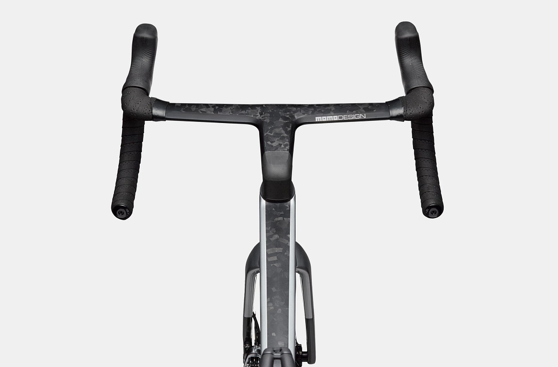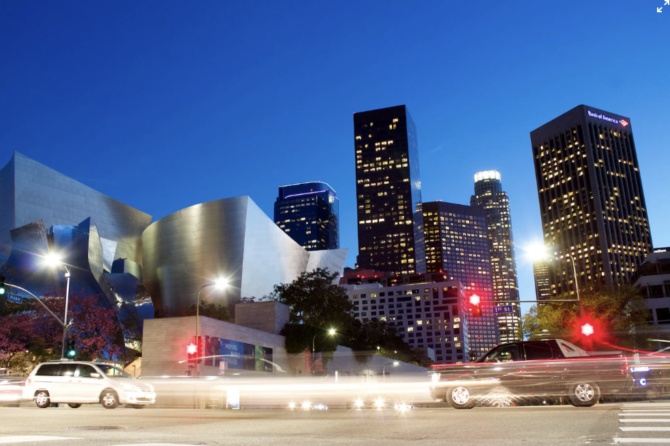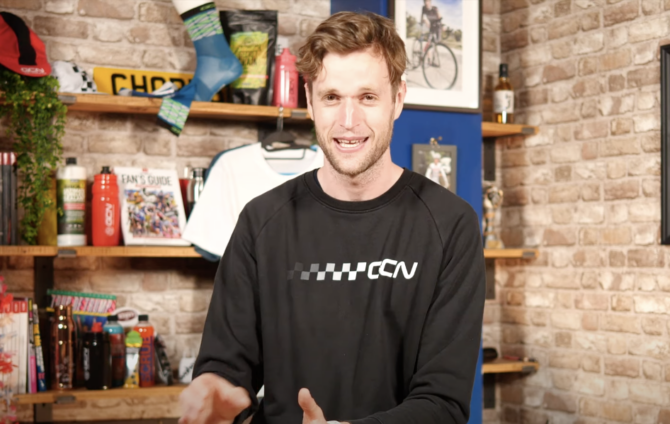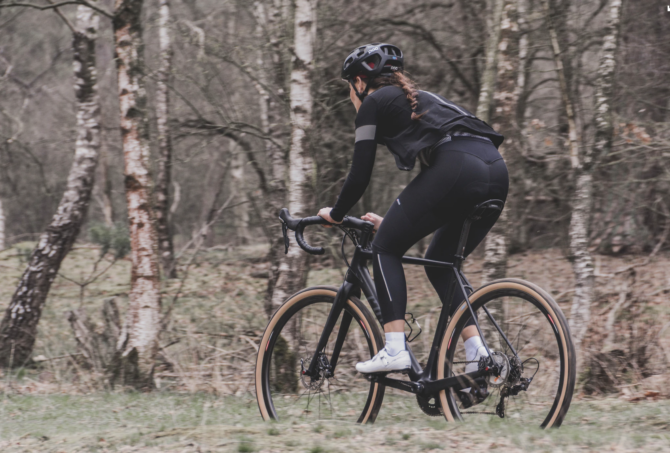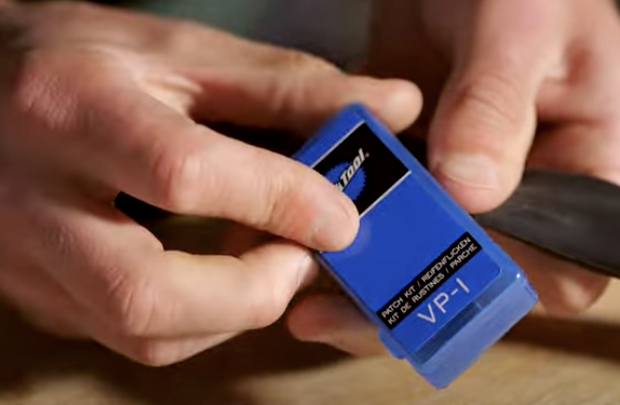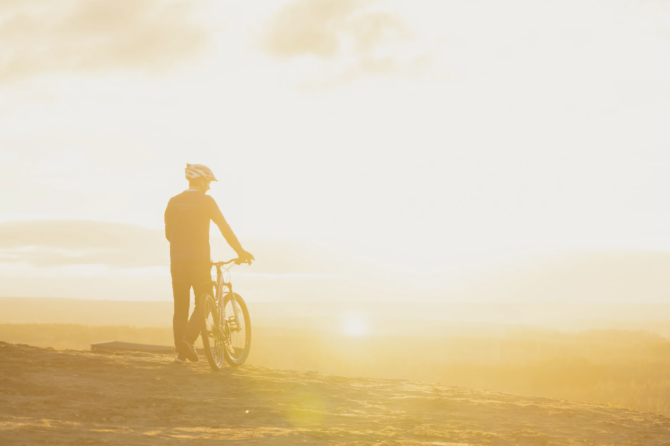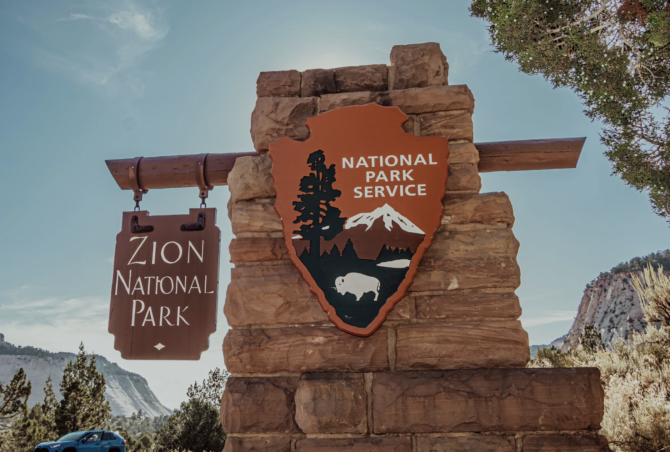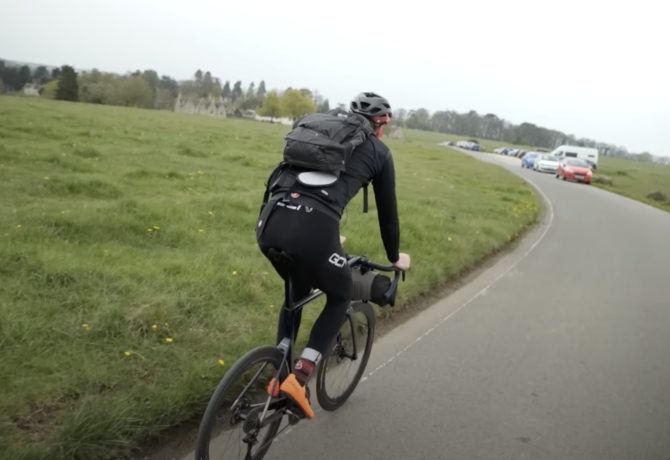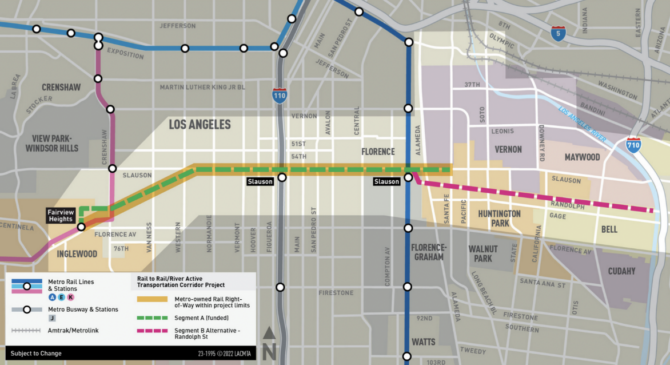From CyclingWeekly.com
BY
The dust has now settled, the bell-lap completed, and after many months of testing and hours of discussion, the results are in for Cycling Weekly’s 2023 Race Bike of the Year award – but we won’t be giving them away quite so quickly.
First, let’s back up to the criteria for entry. Our first stipulation for Race Bike of the Year was that each model must be among the 2023 WorldTour bikes. Vitus, for instance, produces some excellent bikes – and at particularly keen price points – but none of its models met our first criterion.
Second, where a brand produces multiple models that are raced at WorldTour level (Trek has no fewer than three, for example) we’ve chosen the platform we find most notable. This has seen us include the new Giant Propel over the venerable TCR, for example, and the new Cannondale SuperSix over the similarly ‘mature’ SystemSix.
Which brings us neatly on to the topic of bike design, or rather the dichotomy between aero bikes and climbers’ bikes. Over recent years, aero bikes as a category have seen some huge shifts in their remit. The tropes of aero bikes being anchors on the hills and shopping trolleys on anything but the smoothest tarmac are long gone. The latest crop of the best aero bikes have haemorrhaged excess weight and boosted comfort levels – all bikes on test can be built to the UCI weight limit and can fit 28mm tyres as a minimum, some going up to as much as 34mm.
Image Courtesy of Cannondale

